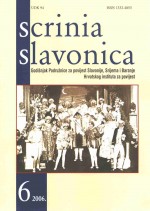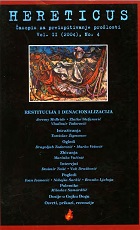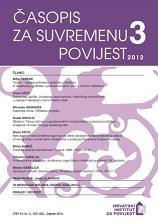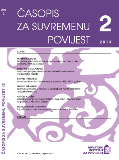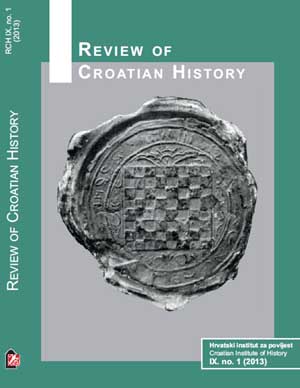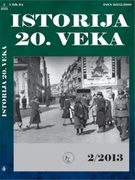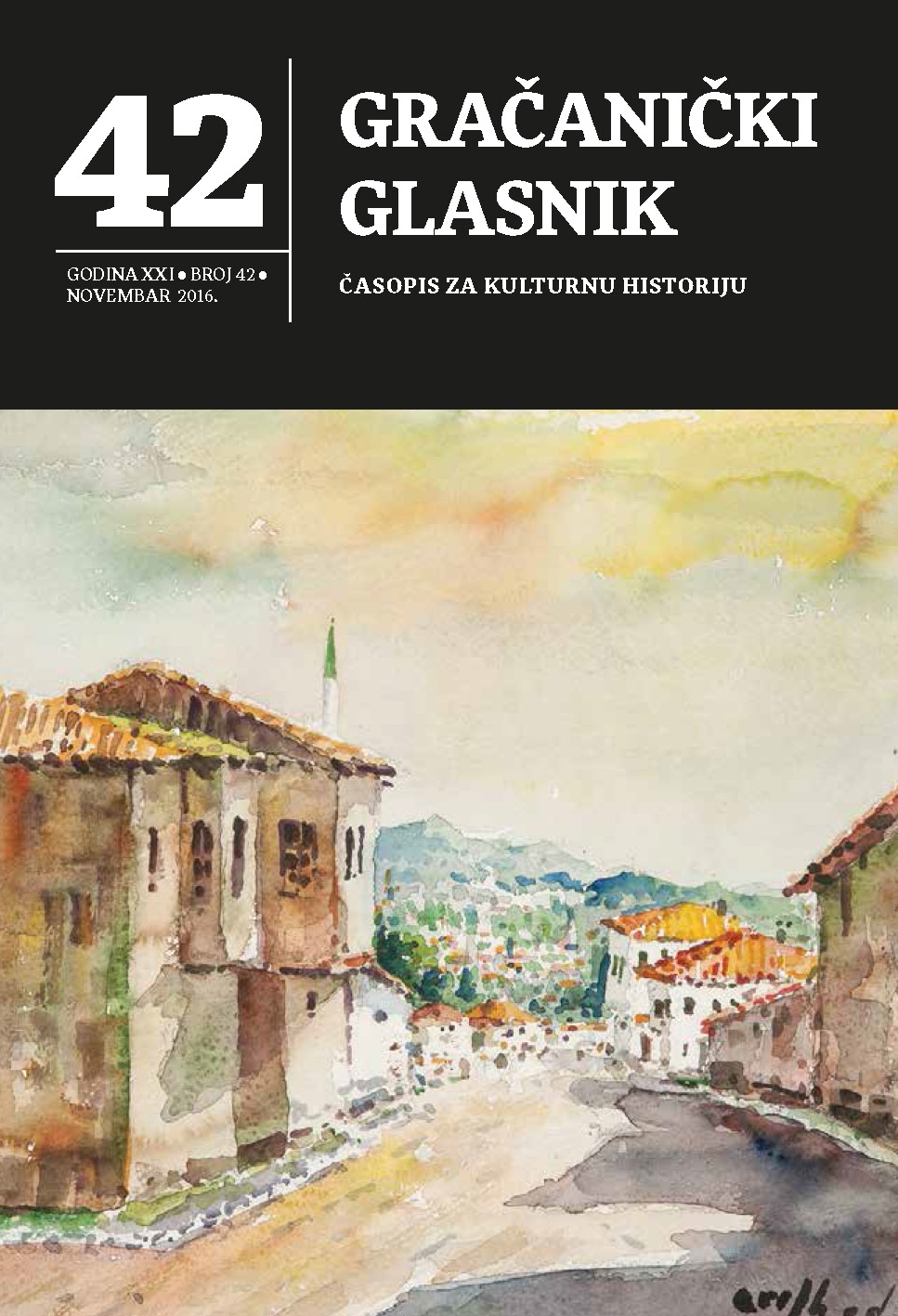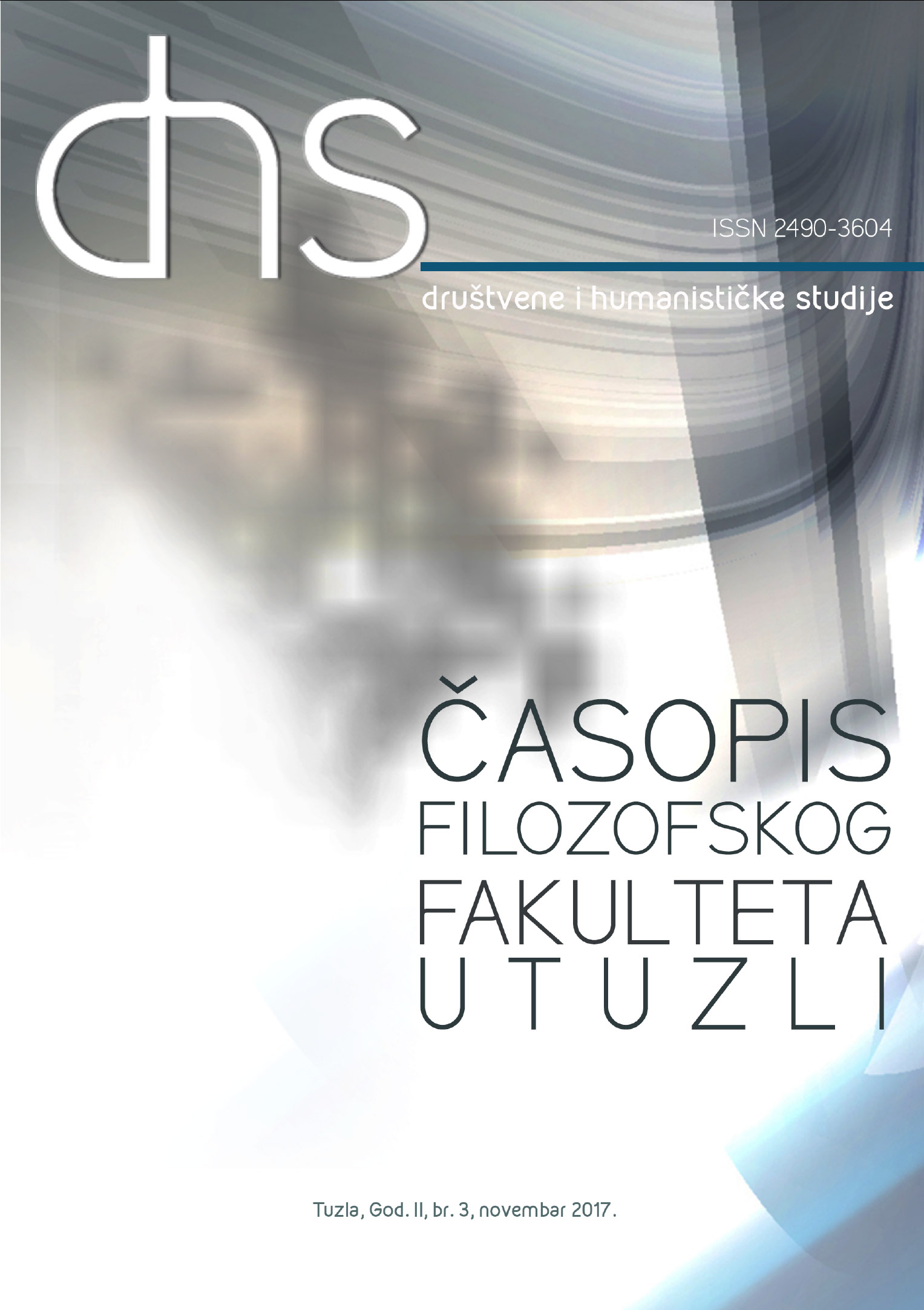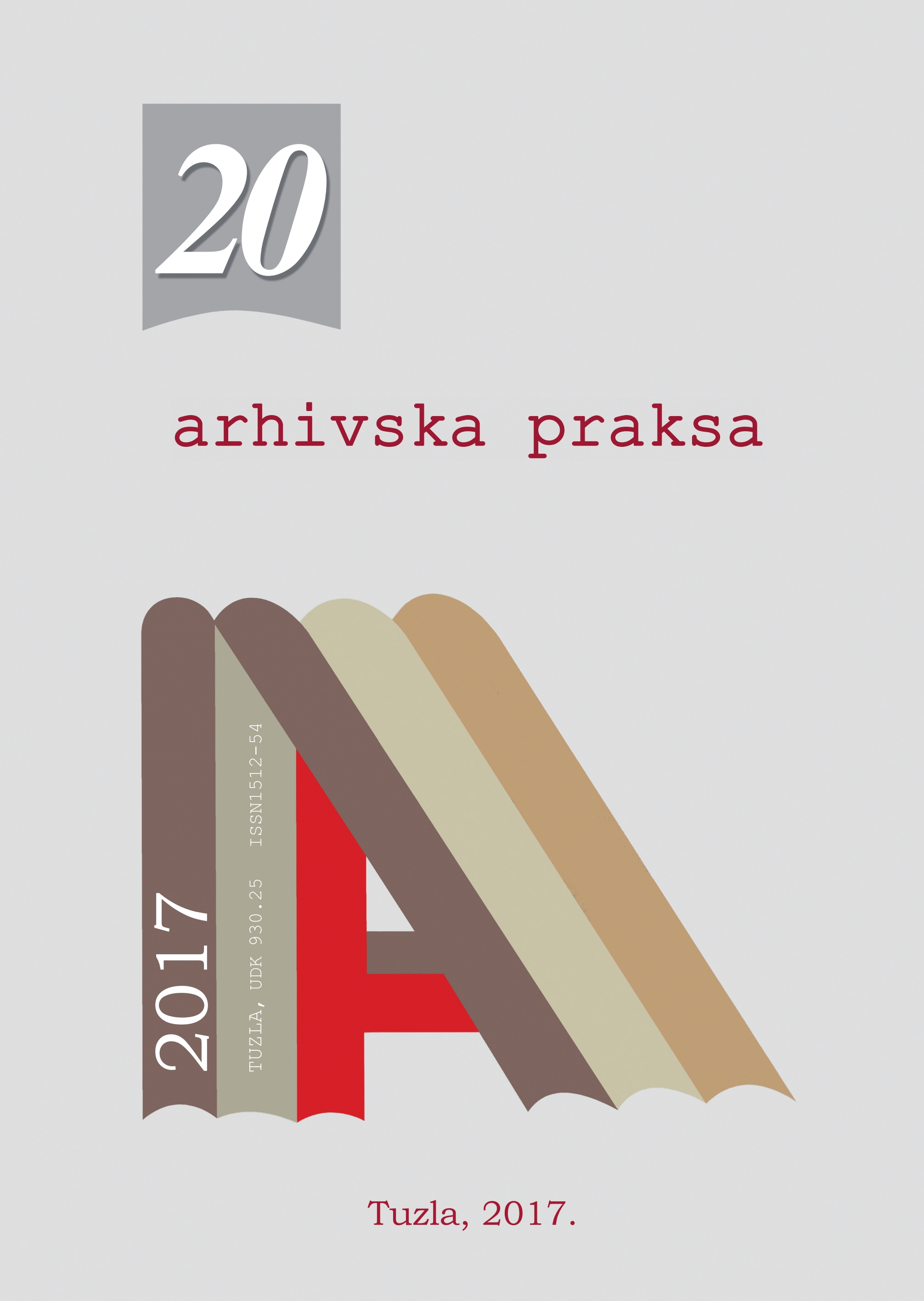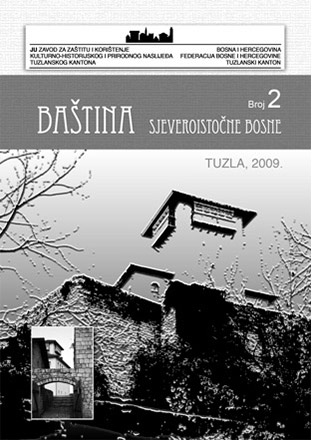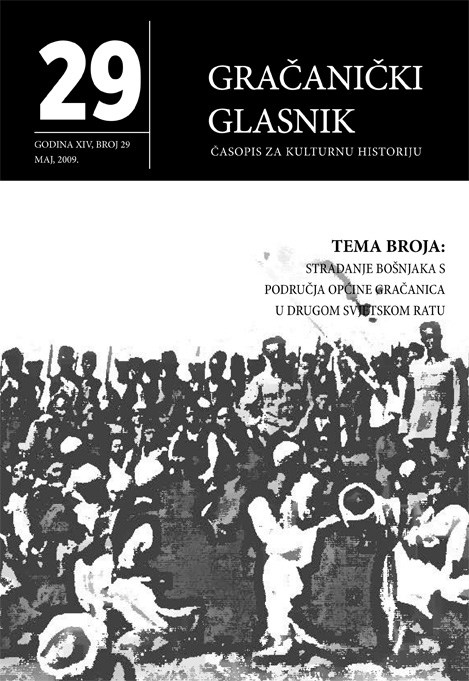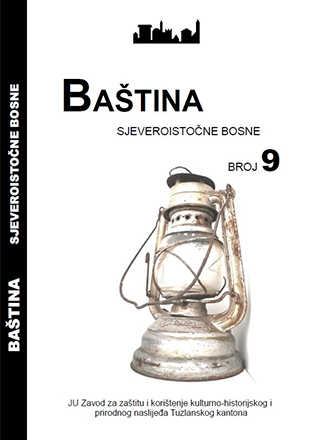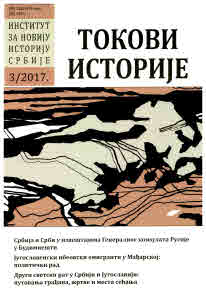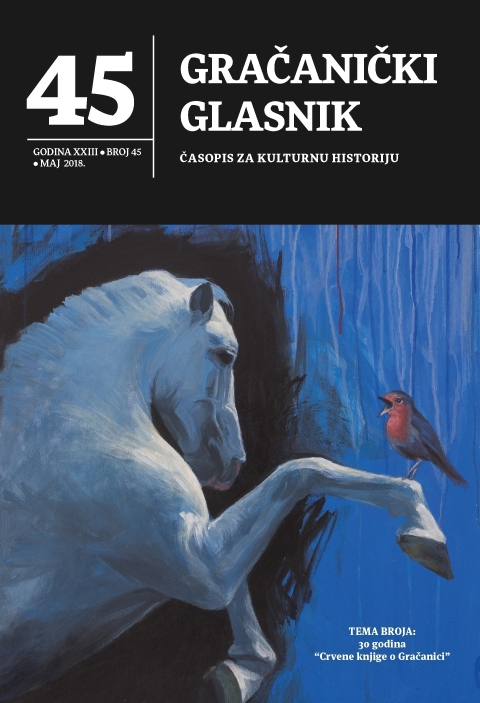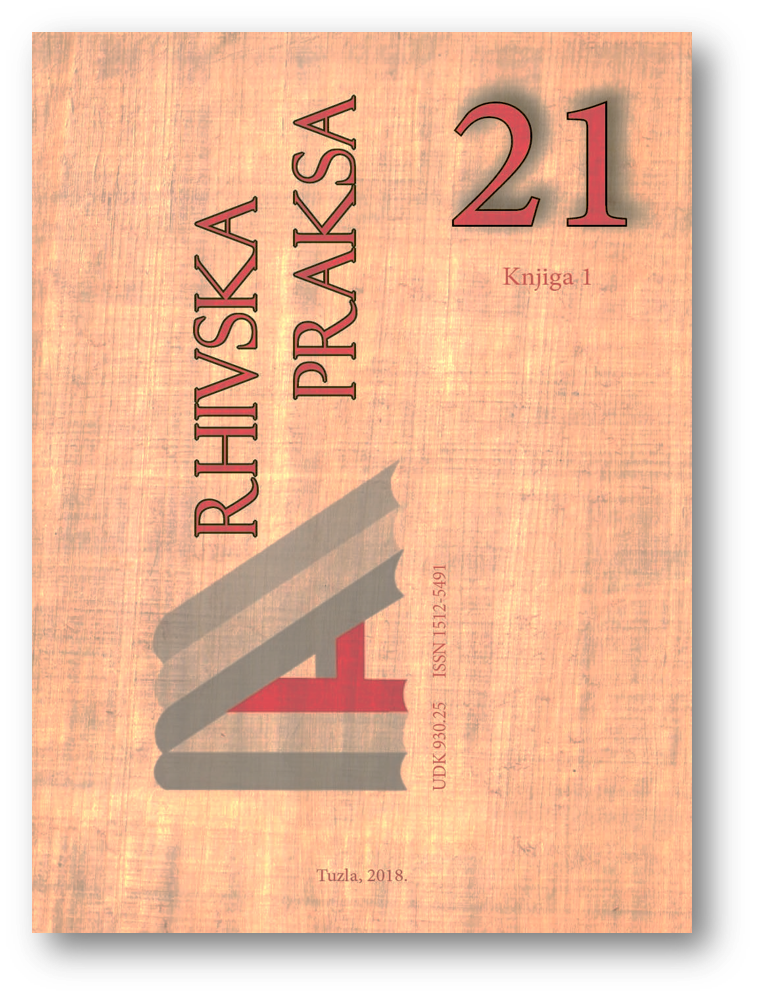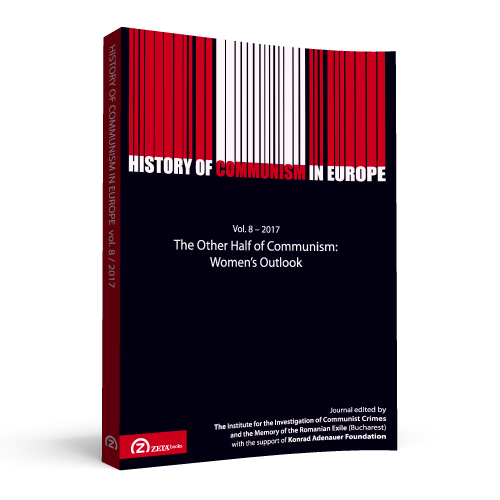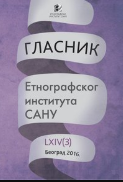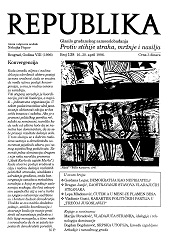Brojidbeni pokazatelji o žrtvama logora Jasenovac, 1941.–1945. (procjene, izračuni, popisi)
Author(s): Vladimir Geiger / Language(s): Croatian
/ Issue: 2/2013
Keywords: Second World War; Independent State of Croatia; human losses; camps; Jasenovac
The unresolved and most controversial question of human losses in Yugoslavia and Croatia during the Second World War is the number of victims of the Jasenovac camp. List of names of human losses in Yugoslavia, and Croatia, during the Second World War and estimates of historians and demographers are oft en very different. Namely, the estimates or calculations of lists of victims of Jasenovac vary from author to author ranging from minimalist claims to megalomaniacal allegations, and are too oft en subject to (daily) political considerations. Serbian nationalists enormously exaggerate the number of victims of Jasenovac, while Croatian nationalists drastically underestimate the number of victims. Thus the inflated claims of Serbian nationalists about the number of Serb victims of the Independent State of Croatia, and Jasenovac, in particular and minimized counter-allegations of Croatian nationalists are equally unacceptable. On the basis of the most important sources, historiographical and journalistic as well as statistical/demographic and other works a review of the numerical losses of the camp at Jasenovac is undertaken in this study. It starts with a presentation of the fi rst, most oft en arbitrary estimates of the number of victims of the camp at Jasenovac, then goes on to the statistical/demographic calculations of the victims of the Jasenovac camp, and finally concludes with the most reliable numerical lists of victims of the Jasenovac camp compiled by systematic research. Because of a lack of careful research many ‘on the left’ and ‘on the right’ continue to cite arbitrary, inflated, or inaccurate categories of human losses suffered in Yugoslavia and Croatia during the Second World War and postwar period. Inflated or reduced, or neglected individual categories of human losses, along with a lack of attention to the facts, oft en stems from personal, national or political reasons. In researching the number, names, and ethnic/national affiliation as well as religious, class, occupational, and demographic attributes of the victims of the camps of the Independent State of Croatia, the greatest problem is the lack of archival sources. Yet in researching the human losses in Yugoslavia and Croatia during the Second World War, and the number of victims of the camp in Jasenovac, the problem is oft en not only the lack of sources or reliable information, but also the ‘good will’ to tackle the issues properly.
More...
